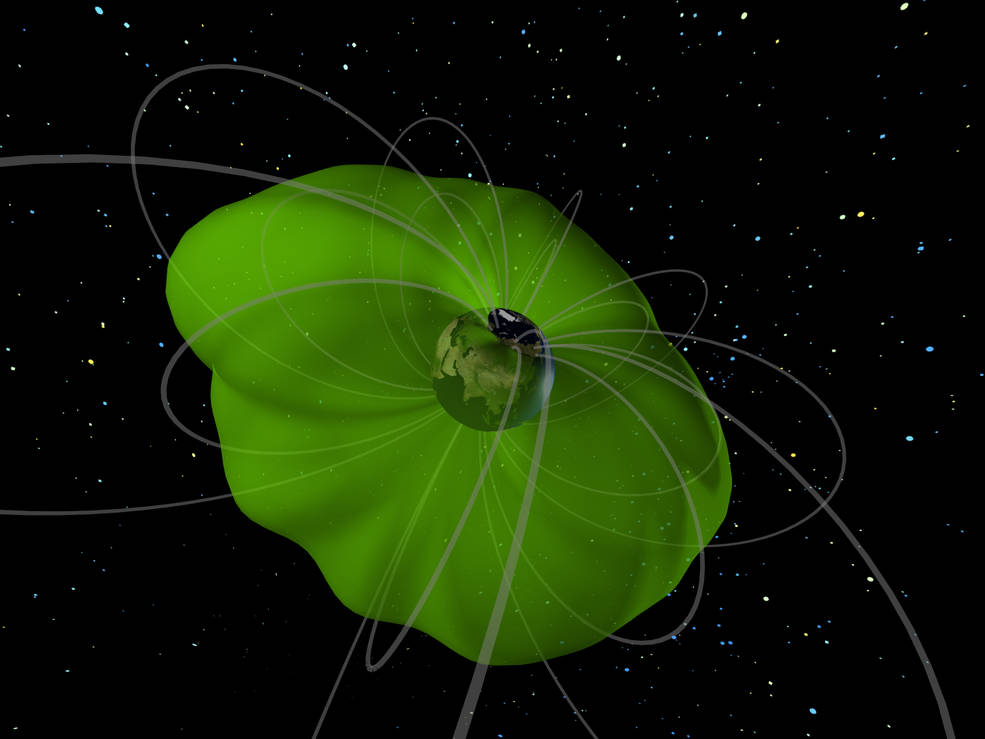Nasa’s lost Image satellite found , Mysterious power boost transmit new signal
The latest data from Image suggests that the spacecraft’s power is now operational but it is still unclear how the power came back on.




In January, Nasa’s lost Image satellite was discovered by an amateur astronomer Scott Tilley, who detected a signal from the long-lost spacecraft. Nasa lost contact with the Image spacecraft in 2005, when it is believed to have lost power. However, the spacecraft was discovered after it was able to send out new signals, indicating that the spacecraft’s power was restored.
Nasa believes that it lost contact with the Image satellite after the transmitter controller power source tripped. Nasa suspects that the power reboot may have been caused by “an incoming high-energy cosmic ray or radiation belt particle”.
According to Nasa, on Thanksgiving Day 2004, the Image spacecraft, which was still fully functional at the time, “underwent an unexpected power distribution reboot”. The reboot saw power restored only to one side of the spacecraft’s unit – side B – meanwhile side A, scientists concluded at the time, had failed.
“IMAGE was a discovery machine and a seminal mission that gave us a broader perspective on Earth’s environment and its ever-changing magnetosphere,” Jim Green, director of planetary science at NASA, who worked as a co-investigator and deputy project scientist for IMAGE, said in a statement. “Much of my career as a magnetospheric physicist was with IMAGE, and the science was transformative.”
New data from Image suggests that the satellite may have received a mysterious power boost. According to new telemetry data, Image’s power unit is now operational again and power is back on it’s a side. However, it is still unclear what cause the power to be restored.
Scientists previously hypothesised that the spacecraft’s systems could have been reset after passing through a dramatic energy change – for instance, when a spacecraft experiences complete darkness during an eclipse. However, an eclipse in 2007 failed to reboot the Image satellite.
Despite Image having lost contact with Nasa, the data the spacecraft collected during its five-year mission, led to around 40 new discoveries about Earth’s magnetosphere and plasmasphere.
Image came with rapid imaging capabilities, producing images every two minutes, which in turn allowed scientists to create frame-by-frame movies of particle interactions in near-Earth space. Prior to Image, Nasa’s missions were only able to capture measurements at a single point in time and space, instead of capturing an extensive panoramic view.
“The trouble with a single point measurement is you’re always moving around and you’re never quite sure if the variation that you see is because you’ve moved to a different place or because something has changed globally in the system,” said Thomas Moore, the mission scientist for Image. “I used to liken space physics before IMAGE to trying to study severe storms by driving around with a rain gauge out your window.”
However, Image drastically changed the playing field. “We suddenly had a camera that could see the whole system,” Moore added.
Meanwhile, in Roberts Creek, amateur astronomer Scott Tilley was searching the skies for a classified satellite code-named Zuma. During one of his routine scans, Tilley landed on IMAGE.
At first he thought, “Yet another high earth orbit space probe, and there’s lots of them,” Tilley said.
But he kept monitoring and soon realized the spacecraft was transmitting data. After some Googling, he surmised the long-dead spacecraft had managed to reboot itself.
Both Burch and Tilley speculate a solar eclipse in 2016 triggered the solar-powered batteries to recharge and transmit a signal again.
Tilley posted the findings on his blog and then decided to email Burch in case the mission could be revived.
“Within an hour he responded and was obviously very excited,” Tilley said. “He was convinced enough to escalate it to dozens of people at NASA who also got very excited. There was a big outpouring of emotion from a lot of people down there.”
It is rare for an amateur astronomer to locate a lost satellite that’s still working.
“There have been people noticing satellites that have come alive or start to become active again, but they’re undead, they’re zombies that will never be of any value or use,” Tilley said. In the case of IMAGE, there is a strong likelihood the mission is science ready.
After NASA was informed of the find, the space agency’s Goddard Space Flight Center used Deep Space Network satellite dishes to confirm the satellite signal is from IMAGE. Now NASA will need to determine whether it’s possible to reboot the mission.
Aside from budgetary constraints, Burch says the next major hurdle will be to get reacquainted with 20-year-old technology. “Some of the codes that we used for commands, we’re scrambling around trying to find that stuff, because sometimes things get thrown away… Some of it was written down on paper,” he said.
“It’s exciting right now and it could get very exciting if it’s working, working well, producing good data. That would be awesome. I’m not counting on it,” Burch said.
v

No comments
Post a Comment